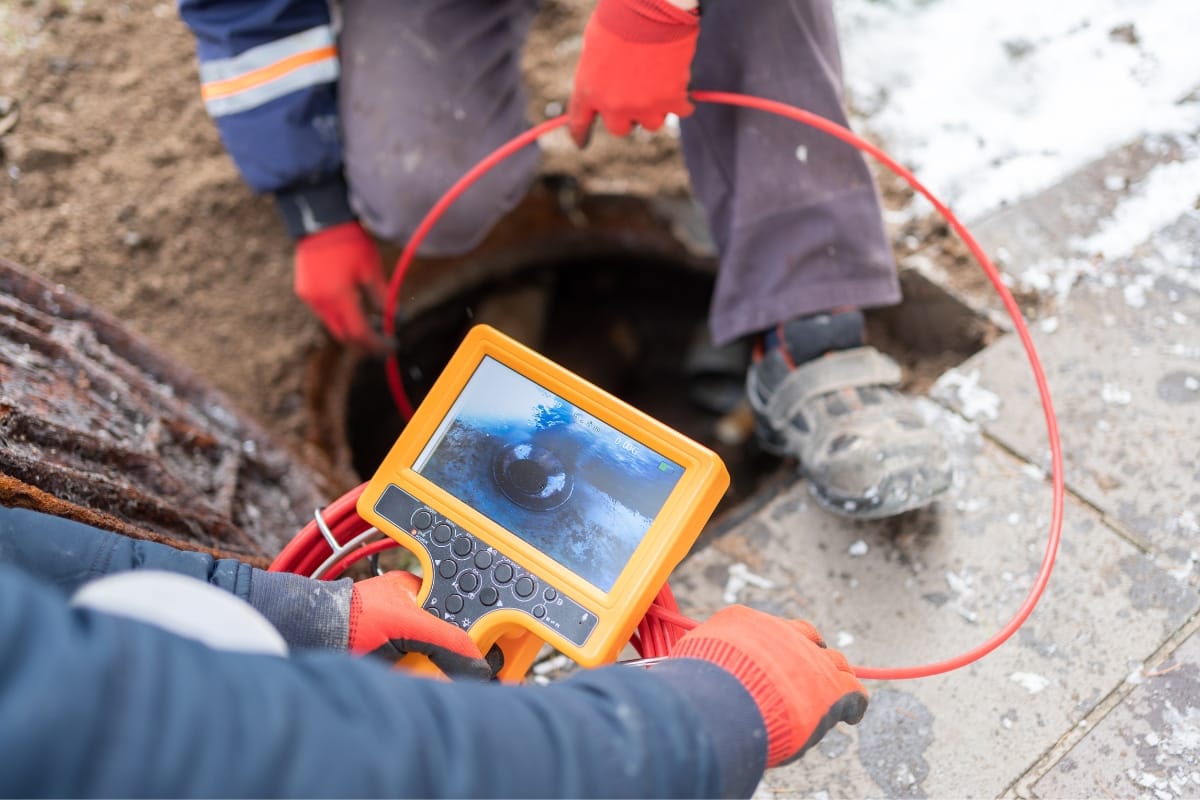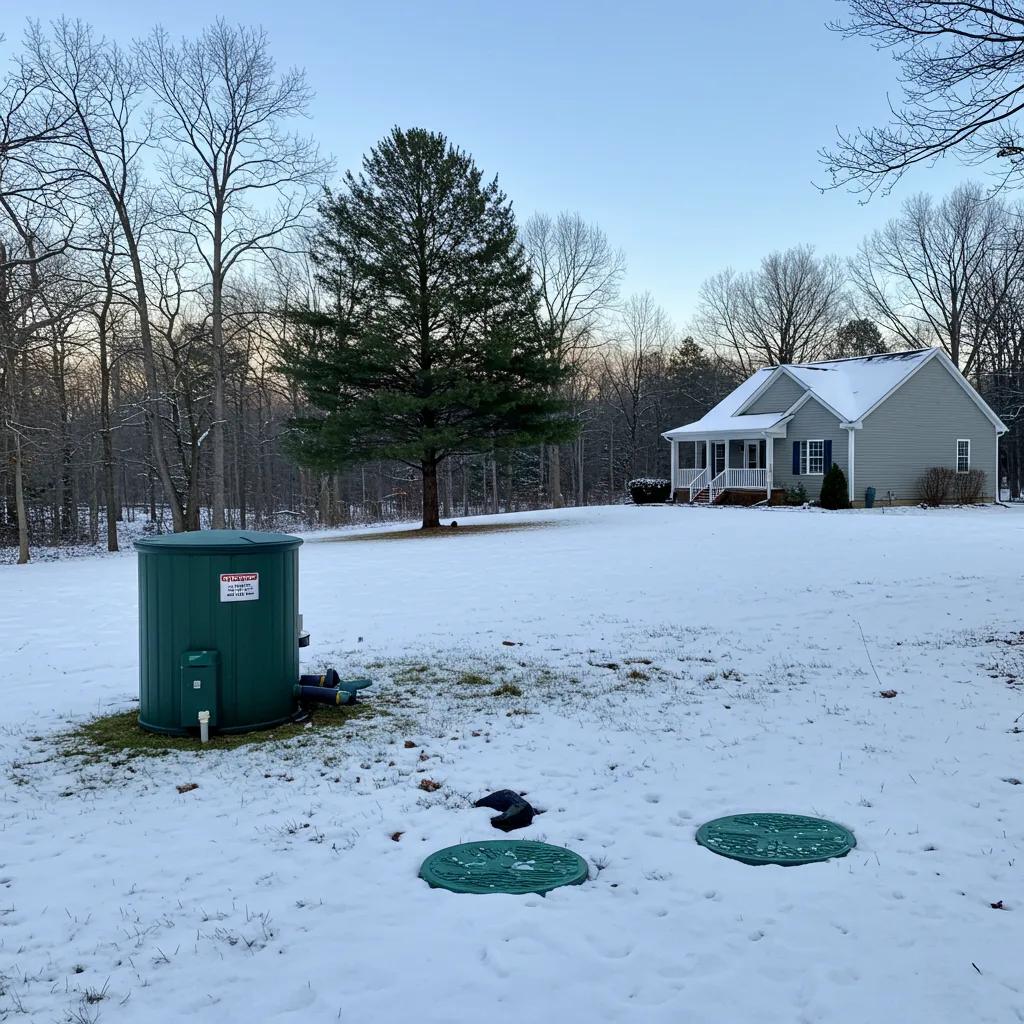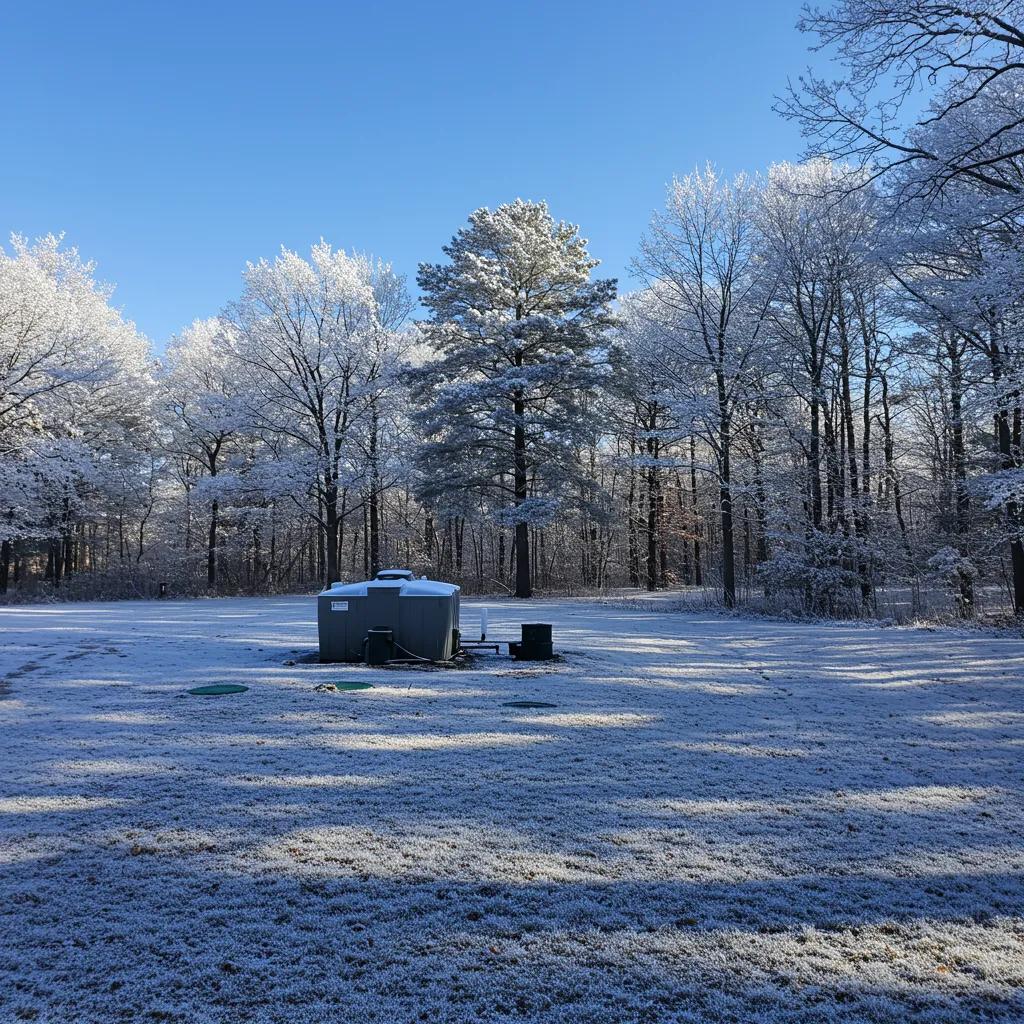When it comes to protecting your home and investment, understanding your septic system is vital.
Whether you’re considering septic tank repairs or even septic tank installation, being proactive about septic system inspections can save you time and money down the line. Homeowners should be familiar with the essential steps involved in a septic system inspection, as well as the key components to check.
This guide will equip you with the knowledge you need for effective septic system maintenance. Keep reading to uncover expert insights and tips that will help you navigate the process with confidence.
Key Takeaways for Septic System Inspections
Essential Steps Before Starting Your Septic System Inspection
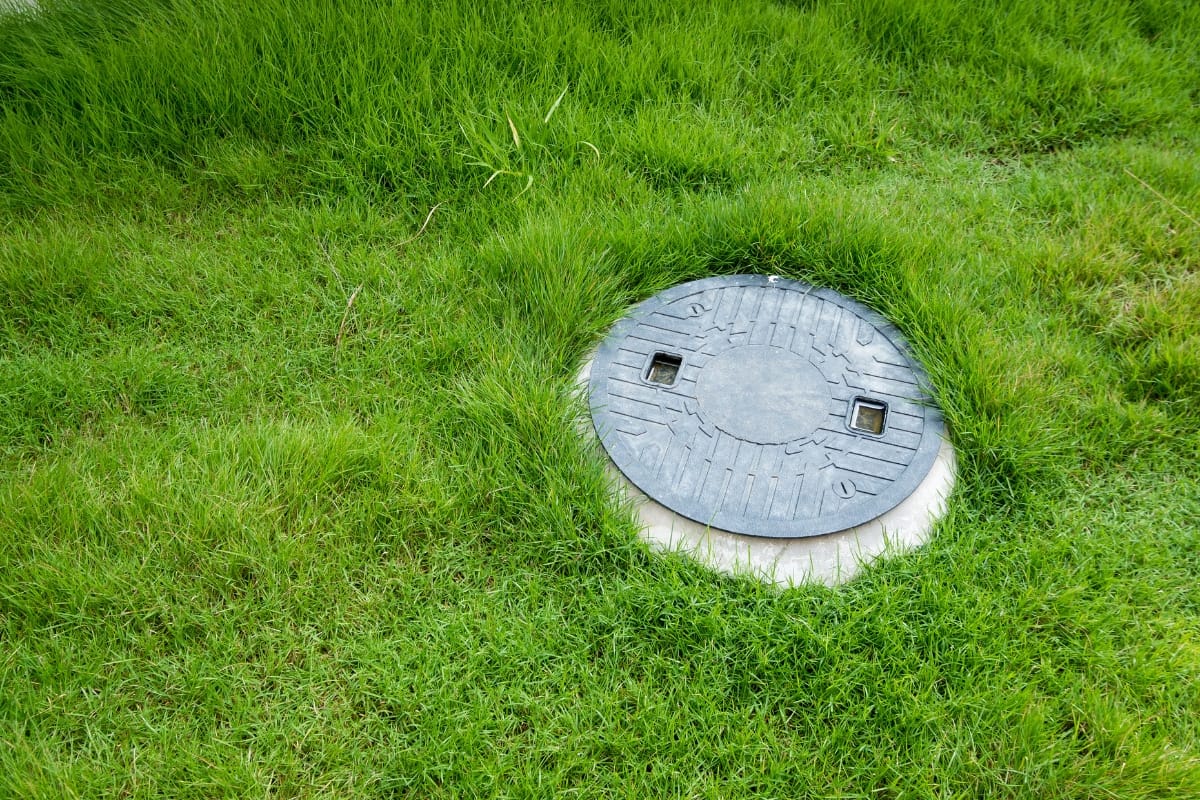
Before diving into the process of septic system inspection, there are essential steps that homeowners should consider to ensure a thorough and successful evaluation of their septic system.
Ask Questions
Don’t hesitate to ask questions during the septic system inspection process. A reputable inspector will be able to explain their findings, recommendations, and any maintenance tips for your septic system. Understanding the condition of your system and how to maintain it properly is essential for its longevity and optimal performance.
Gather Essential Documents
Start by collecting all relevant documentation related to your septic system. This includes any permits, installation records, maintenance logs, and past inspection reports. These documents can provide valuable insights into the history and maintenance of your system.
Locate Your Septic System
Familiarize yourself with the location of your septic system components, including the tank, drain field, and distribution box. Knowing where these elements are situated on your property will help the inspector during the evaluation process.
Clear Access Points
Ensure that all access points to your septic system are clear and easily accessible. Remove any obstacles such as debris, vegetation, or heavy objects that may hinder the septic system inspection process. Clear access allows the inspector to perform a comprehensive assessment of the system.
Schedule Inspection with a Certified Professional
It is crucial to hire a certified septic system inspector to conduct a thorough evaluation. Look for professionals with relevant certifications and experience in septic system inspections. A qualified inspector will follow industry standards and guidelines to assess the condition of your system accurately.
Key Components of a Septic Inspection Checklist

When it comes to septic system inspections, having a solid checklist can significantly enhance the workflow for inspectors and homeowners alike.
Inspect the Tank for Leaks and Sludge Levels
Inspecting the tank for leaks and evaluating sludge levels is a crucial part of any septic inspection. Homeowners should always be on the lookout for visible cracks or signs of seepage, as these can indicate more significant issues that need immediate attention.
Keeping track of sludge levels helps ensure the system operates smoothly and is included in every septic system inspection checklist.
- Check for any leaks in the septic tank.
- Measure sludge levels to assess the system’s health.
- Document findings for future reference.
Check the Drain Field for Saturation or Contamination
Checking the drain field for saturation or contamination is vital for maintaining a healthy septic system.
Homeowners should look for signs of pooling water, particularly after heavy rains, as this can indicate that the system is overloaded or not functioning properly. Additionally, observing unusual odors or vegetation growth near the area may signal underlying problems that need immediate attention:
- Look for standing water after rainfall.
- Be aware of any foul smells near the drain field.
- Check for unexpected plant growth around the drainage area.
Evaluate the Pipes for Blockages or Damage
Evaluating the pipes during a septic system inspection is vital for keeping the system running smoothly. Homeowners need to check for any signs of blockages or damage, which can lead to costly repairs if left unattended. A thorough look at the pipes can help catch issues early, ensuring the septic system remains efficient and functional.
Assess the Condition of the Baffles
Assessing the condition of baffles is essential for ensuring a properly functioning septic system. These components help control the flow of waste and prevent solids from escaping into the drain field. Homeowners should look for signs of wear or corrosion, as damaged baffles can lead to serious system problems.
Regular inspection of baffles can help maintain optimal performance of the septic system:
| Condition | Potential Issues |
|---|---|
| Intact | Flows correctly, prevents solids from exiting the tank |
| Cracked | Leads to system failure, risk of contamination |
| Corroded | May result in improper waste management, inefficient operation |
| Blocked | Causes backflow, could damage the entire system |
Verify the System’s Overall Operation
Verifying the overall operation of the septic system is crucial for ensuring it runs smoothly. Homeowners need to check if all the components, from the tank to the drain field, are functioning as intended. A functional system effectively handles wastewater and prevents future issues from cropping up.
To confirm the system is in good working order, focus on these essential areas:
- Ensure the tank is draining properly and does not overflow.
- Listen for unusual noises that may indicate mechanical problems.
- Check for any warning signs, like backups or slow drains inside the house.
A thorough septic system inspection sets the stage for preventing future issues. Let’s dive into the heart of your septic system: the drain field, where the magic happens!
Understanding Your Septic System’s Drain Field
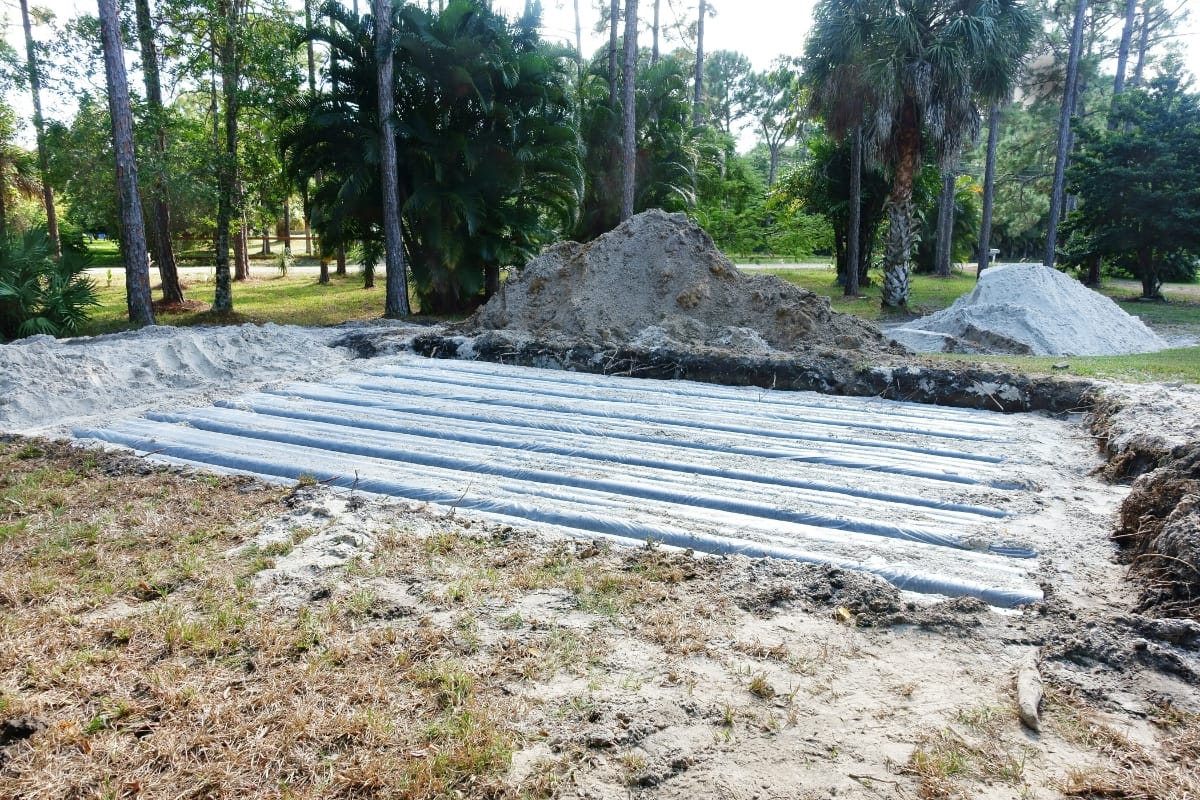
When it comes to maintaining a healthy septic system, the drain field plays a vital role in treating wastewater before it reenters the environment. Staying informed about these aspects empowers homeowners to take proactive steps in caring for their septic systems.
Signs of Drain Field Failure
Homeowners should be alert to several signs that might indicate drain field failure. Pooling water in the yard, especially after a rain, is a common red flag, suggesting the system can’t effectively process wastewater. Additionally, foul odors near the drain area often point to a backup or blockage, requiring immediate action.
Other indicators can include lush patches of grass or unusual vegetation growth, suggesting the presence of excess nutrients escaping into the soil. Homeowners must stay vigilant to avoid costly repairs and protect environmental health. Keep an eye out for these signs:
| Signs of Drain Field Failure | Description |
|---|---|
| Pooling Water | Excess water collecting in the yard, especially after rainfall. |
| Foul Odors | Unpleasant smells near the drain field indicating a potential backup. |
| Unusual Vegetation Growth | Unexpected lush grass or plants near the drain field, suggesting excess nutrients. |
Methods for Inspecting the Drain Field
Inspecting the drain field involves a combination of visual checks and hands-on assessments. Homeowners can start by looking for any areas where water tends to pool, especially after rain.
Digging a small hole can help check soil moisture levels, giving insight into how well the drain field is working and whether adjustments are needed.
Regular maintenance, like checking for excessive vegetation growth, can also provide clues about the drain field’s health. If the grass is noticeably greener in some areas, it may indicate that the soil is saturated with wastewater. These simple evaluations can help maintain the overall performance of the septic system and prevent larger issues down the road.
Preventative Measures to Protect Your Drain Field
To ensure the longevity and efficiency of a drain field, several preventative measures can make a significant difference. Homeowners should manage the amount of water going into the system, as overloading it can lead to failures.
Additionally, steering clear of chemical products that disrupt beneficial bacteria is crucial for maintaining a balanced environment in the septic system.
To protect the drain field effectively, homeowners can follow these tips:
- Limit water usage by fixing leaks and taking shorter showers.
- Avoid pouring chemicals down the drain that can harm septic bacteria.
- Plant grass over the drain field to promote absorption but keep trees and large plants away.
- Regularly inspect the area for signs of saturation or drainage issues.
Knowing how your drain field works is key to keeping your septic system in top shape. Let’s jump into a DIY inspection guide that empowers homeowners to take charge of their septic health!
When to Call a Professional for Septic Inspection
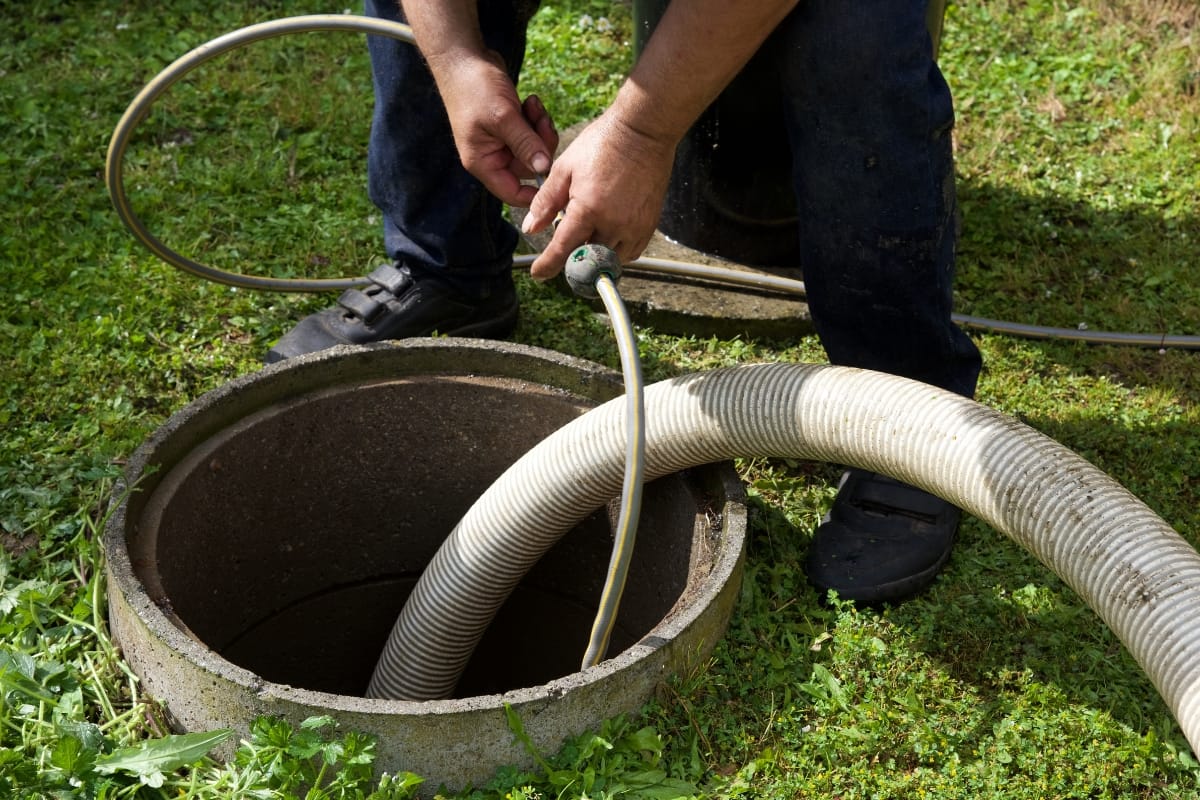
Recognizing when to call in a professional for septic inspections can save homeowners a lot of trouble. Sometimes, complex issues arise that require the expertise of a certified technician. When any of these red flags appear, it’s wise to reach out to a professional to ensure the health and safety of the septic system.
Complex Issues Beyond DIY Solutions
Sometimes, septic systems face complications that go beyond the average homeowner’s skill set. Issues like structural damage to the tank, complicated blockages within the plumbing system, or problems with the drain field require professional expertise to address. It’s best to consult with a qualified technician when encountering persistent problems or when the system does not respond to typical maintenance.
- Visible structural damage in the tank needs expert repair.
- Complex plumbing blockages often require specialized tools.
- Drain field problems necessitate professional evaluation and repair.
Requirements for Certified Inspections
Homeowners should know that certified inspections usually come with specific requirements that ensure quality and compliance.
Technicians must have the appropriate licenses and certifications that reflect their expertise in septic management, and many local authorities mandate inspections at regular intervals to keep systems running smoothly.
Moreover, maintaining detailed records of inspections helps homeowners demonstrate compliance with local regulations and safeguards their investment in the property.
Maintaining Your Septic System Post-Inspection
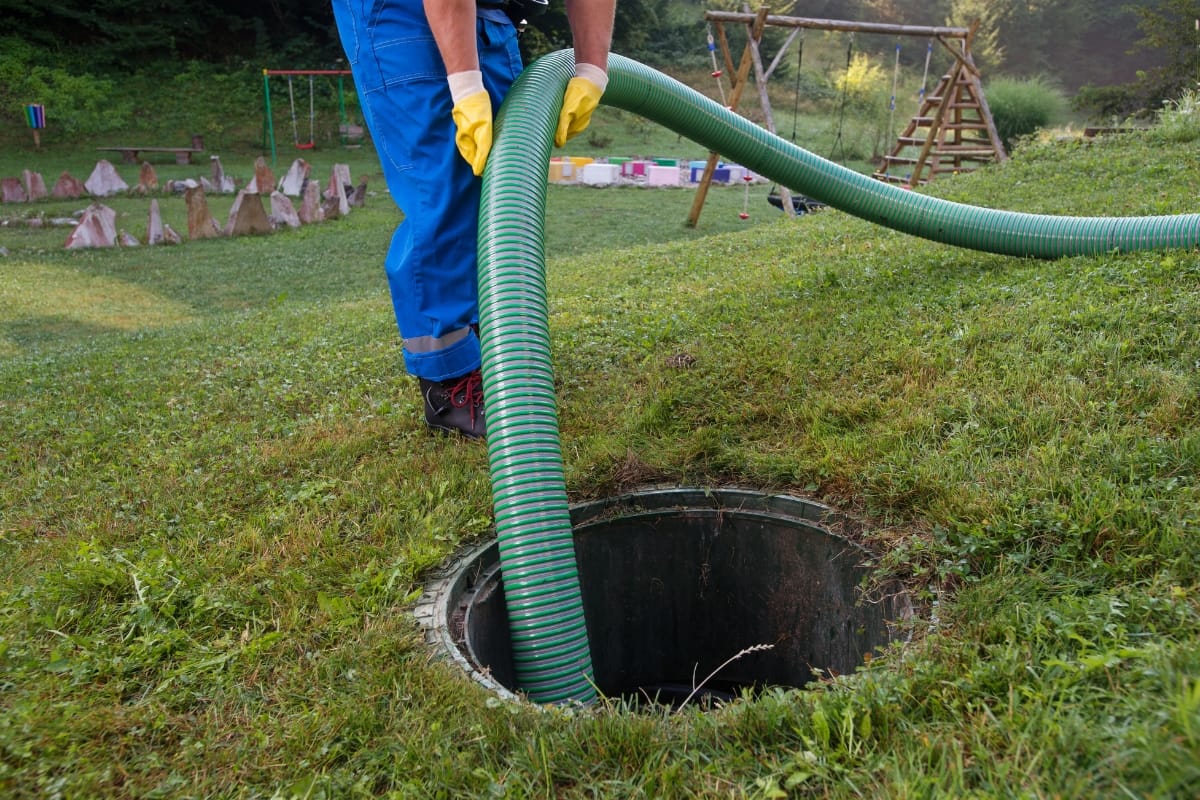
After completing a septic system inspection, homeowners can take proactive steps to maintain their system effectively. By staying vigilant and incorporating routine care, homeowners can extend the life of their septic systems and protect their investments.
Routine Maintenance Tips
Homeowners can keep their septic systems in top shape by implementing simple routine maintenance tips. Monitoring water usage throughout the household reduces the strain on the system, allowing it to function efficiently for longer periods.
Scheduling Professional Inspections for Long-Term Care
Scheduling professional inspections is a smart move for homeowners wanting to keep their septic systems in excellent shape. Regular check-ups help catch potential issues before they escalate, allowing homeowners to stay on top of maintenance needs.
Developing a routine for these inspections not only protects the system but also enhances the longevity of the investment in their property.
Conclusion
Regular septic system inspections are essential to maintaining a healthy, efficient, and long-lasting system. By staying proactive, homeowners can prevent costly repairs, protect their property, and ensure the system functions smoothly.
For professional, thorough inspections that you can rely on, choose Smart Septic Pros. Call us at 678-993-4545 or schedule an inspection or any other septic service through our site form. Let our experts help you keep your septic system in top shape!
